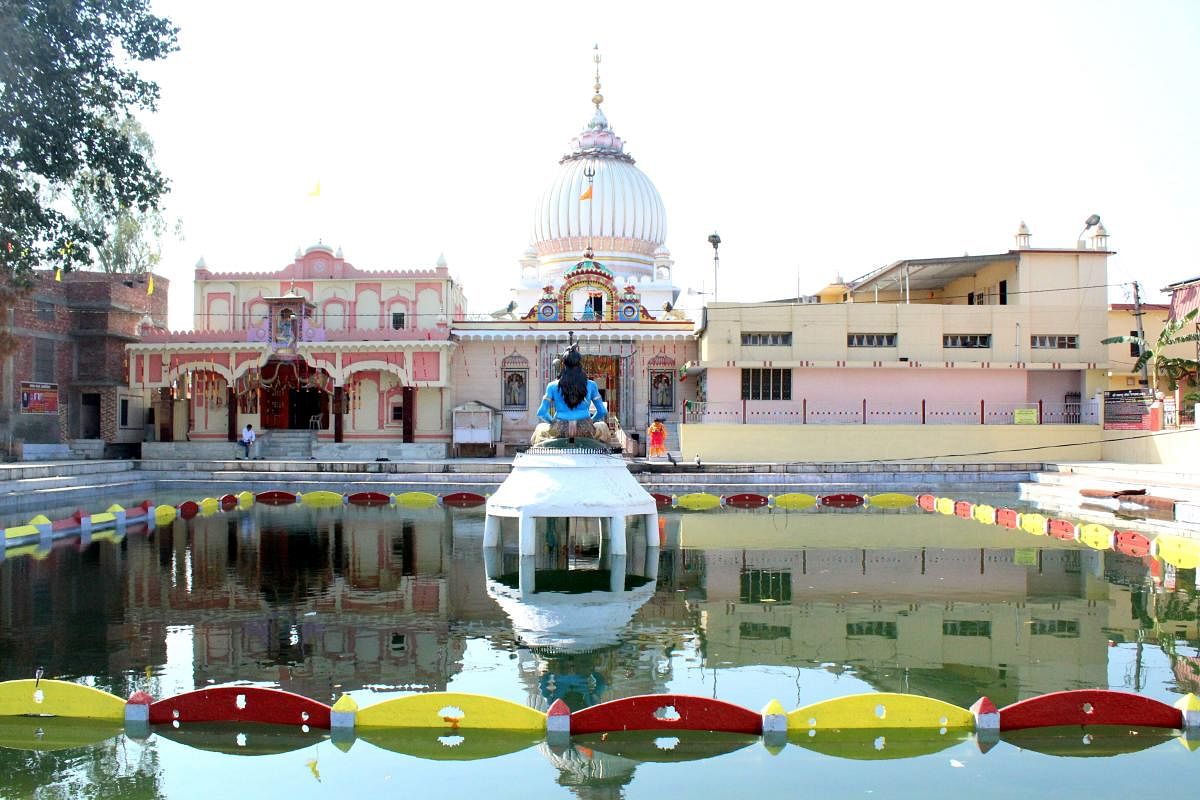

In India, if there is one place that can make us nostalgic about the childhood stories from the Mahabharata and also strengthen the immovable faith in the holy Bhagwad Gita, it has to be Kurukshetra. This small city has an old-world charm, rich cultural heritage that’s deep-rooted in history. Be it Jyotisar with the ageless Banyan tree under which Lord Krishna preached the much-revered Bhagwad Gita, the Bhishma Kund, where Bhishma Pitamaha lay wounded on a bed of arrows or where exists the largest man-made bathing tank in Asia, Kurukshetra revels in its glorious past.
How was it named?
The city gets its name from King Kuru, whose descendants came to be known as the Kaurava and Pandava princes, who later went on to create history by participating in the greatest battle of its times, Mahabharata. Stretching between rivers Saraswati and Drishadvati, Kuru dynasty came to be known as the ‘Kurukshetra Bhoomi’ aka ‘Dharmakshetra’. It was also known as ‘Thanesar’ or ‘Sthaneswar’, which means ‘place of God’ in Sanskrit. A two-hour train journey or a three-hour road trip is all that it takes to cover around 170 kilometres from Delhi. I opted for a train journey. My driver-cum-local guide picked me up from my hotel and took me straight to the Shri Devikoop Bhadrakali Shaktipeeth Temple to seek Goddess Kali’s blessing. According to him, this is where one is supposed to start the touristy trail in Kurukshetra. It is recognised as one of the 51 Shakti Peethas of India as this is where the Devi’s left ankle had fallen. Devotees follow an old tradition of offering a pair of toy horses when their wishes come true.
From here we visited the simple and soulful, Sthaneshwar Mahadev temple, an ancient Shiva temple with the oldest Shivlinga. It is believed that the Pandavas, along with Lord Krishna, had sought the blessings of Lord Shiva, before going for the battle. I loved the picturesque settings of the temple with the Gurudwara on one side. Many divine personalities and eminent Sikh Gurus had lived in Kurukshetra.
Next, we were headed to Banganga but not before stopping at the Tomb of Sheikh Chilli from the 17th century. This one was built for the Sufi saint whose real name was Abdu'r-Rahim alias Aabd-ul-Razak. Since the historical elements in its façade and design draw huge inspiration from the Mughal architecture of Agra, the locals lovingly call it the ‘Taj Mahal of Haryana’.
Banganga is a special place. There is a small pond and next to it is a temple named after Bhishma Pitamah where an idol of him lying on the bed of arrows has been placed. The Bhishma Pitamah Kund marks an honour to the act when King Arjuna had quenched his thirst. Such mythological stories add a lot of thrill and excitement to the itinerary. No trip to Kurukshetra is complete without a visit to its two most important places, Jyotisar, and Brahma Sarovar. The banyan trees that have stood for more than 5000 years are the main attraction of Jyotisar. It is believed that Lord Krishna had imparted the sermons of Bhagwad Gita to Arjuna at this point. Some legacies also term it the centre of the battleground of the Mahabharata. Not just Bhagwad Gita, it is also believed that Manusmriti, Rig Veda, and Sama Veda were also composed in Kurukshetra.